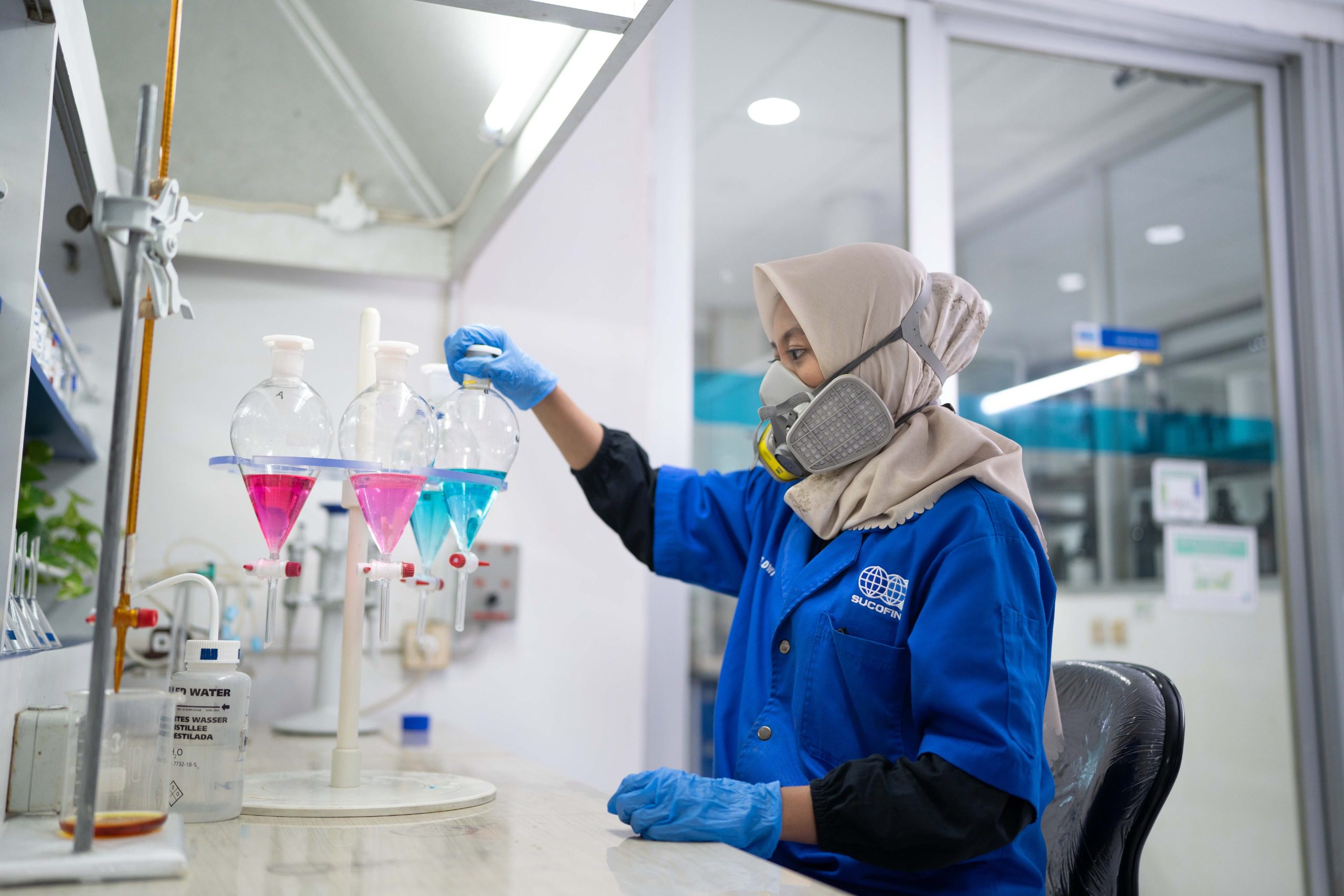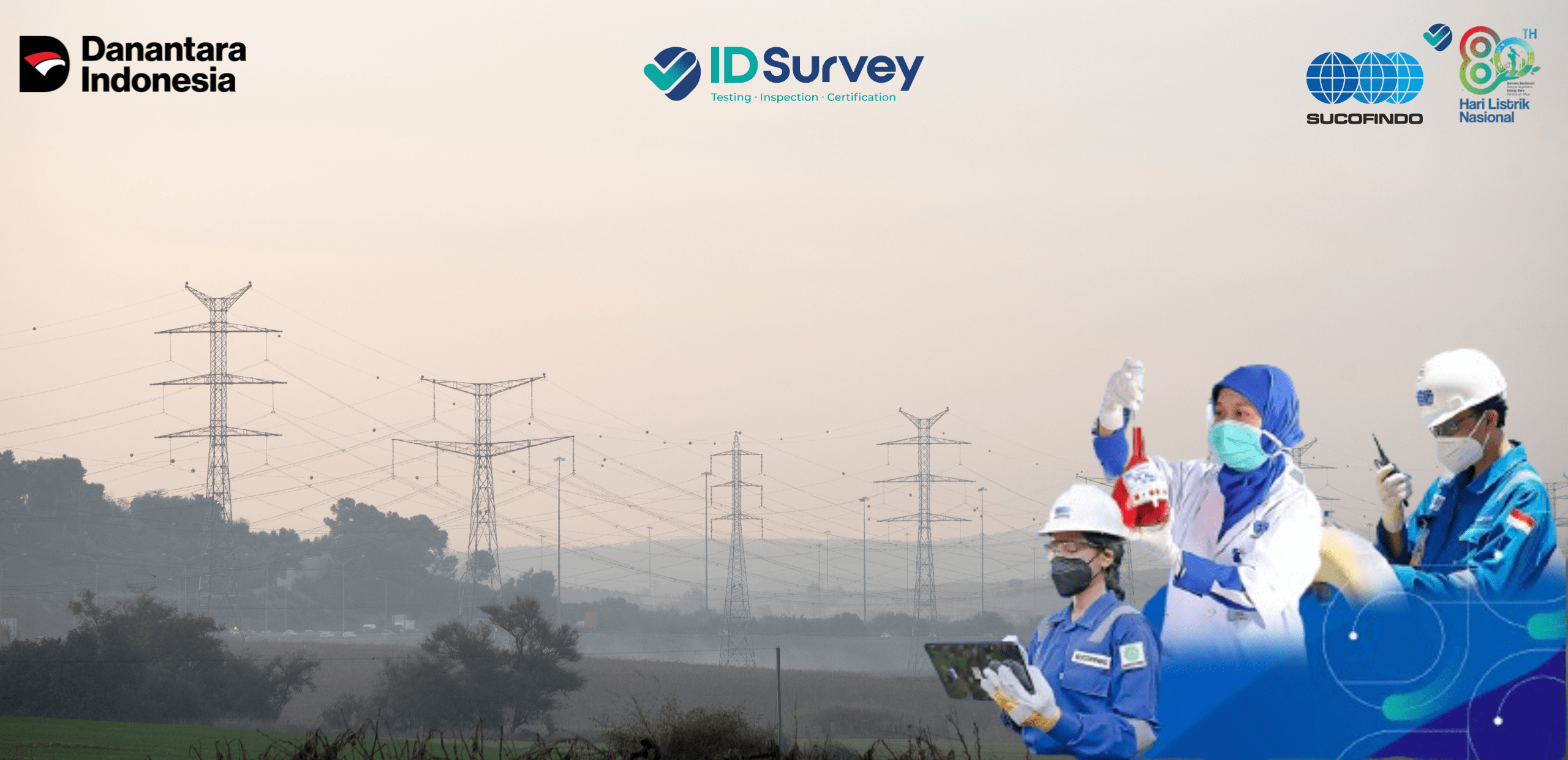The Importance of Waste Water Treatment in Industry
The more industrial companies there are, the greater the potential for increasing waste, one of which is in liquid form. This kind of waste is quite dangerous compared to other types of trash, so it is necessary to carry out proper wastewater treatment so that it doesn’t pollute the environment even more.
Therefore, all industry players must understand various aspects of sound and correct wastewater processing procedures. To find out more clearly, read this article to the end.
What is Wastewater Treatment?
This is a series of processes that aim to separate and dispose of hazardous substances in wastewater. In this way, it will change the water, initially polluted by chemicals so that it can be used again.
The treated water can then be reused for various purposes and is not harmful to the environment. This kind of processing is usually carried out in a particular place called an installation of Wastewater Treatment (IPAL).
Their wastewater will be separated based on type, and it has its own place specifically for industrial wastewater. The processes used include separation processes, chemical processes, and biological processes.
The results of this waste processing are also required to meet maximum standards for each parameter that has been determined in regulations made by the government, which include BOD, COD, pH, TSS, ammonia, coliform bacteria, oil, and fat content, as well as maximum discharge.
Benefits of Treating Wastewater
Every industrial company needs special wastewater treatment facilities or IPAL so that the waste water produced does not pollute the surrounding environment. For more details, here are some benefits of treating wastewater.
1. Reduces the occurrence of water pollution
An IPAL can reduce the possibility of water pollution because this process will remove dangerous substances that contaminate the wastewater, produce clean water, and be safe for the environment.
2. Reduce the risk of health problems
When treated correctly, hazardous substances in wastewater are reduced, and the risk of health problems can be reduced. However, if the waste water is not treated correctly, there is a risk of spreading disease, which can undoubtedly harm health and the environment.
3. Can Improve Water Quality
With the existence of an IPAL, the quality of water in the waters can certainly improve because it has gone through the correct processing process. That way, the water discharged into the environment does not contain dangerous substances, so it is safe to use again.
4. Protect the environment
Reducing water pollution will certainly make waters such as rivers and seas cleaner and healthier. Of course, everyone around him can feel the positive impact of this.
5. Maintain the continuity of industrial processes
As a company, its image in society certainly plays a vital role in its sustainability. Proper waste management will undoubtedly help the industry reduce waste levels, making it safer to dispose of in the surrounding environment.
Wastewater Characteristics
To find out what wastewater is or not, you, of course, need to know the characteristics of sewage in terms of physical, chemical, and biological aspects, as follows.
1. Physical Characteristics
Physically, wastewater can be identified from the temperature, odor, color, solids, and turbidity of the water as follows:
- Temperature
Waste water usually has a relatively higher temperature when compared to the room temperature from where it originates. This higher temperature can result in less dissolved oxygen, which can cause aquatic organisms to die due to the lack of oxygen.
- Smell
You can also recognize wastewater by the smell it produces. Clean water will not cause an odor, while sewage can have a foul or pungent odor due to the pollutants contained in it.
- Color
Water contaminated with dangerous substances will usually be colored, ranging from yellowish, reddish, brownish, greenish, or even blackish, depending on the type of waste it contains.
With proper wastewater treatment, water that was initially colored can become clear again and is certainly safe to use.
- Solids
Water-containing solids are one of the characteristics of wastewater. Solids themselves are solid substances that are dissolved or not dissolved in water.
Insoluble solids can be seen easily in water, while dissolved solids can be seen only when heated to 103 to 105 degrees Celsius.
- Water Turbidity
Another physical characteristic is the level of water turbidity. Turbid wastewater can be caused by dissolved substances, colloidal substances, suspended solids, or microbes contained therein.
2. Chemical Characteristics
The chemical characteristics of wastewater can be seen from the substance content in it, which can be in the form of organic substances, inorganic substances, or even gases; here is the explanation:
- Organic Matter
A journal states that the composition of organic substances in wastewater can contain 50% protein, 40% carbohydrates, and 10% fat and oil.
- Inorganic Substances
These substances include alkaline, nitrogen, chlorine, sulfur, phosphorus, and other heavy metals such as mercury and lead. Such substances can make wastewater alkaline or acidic and are characterized by changes in the pH of the water.
- Gas
This is in the form of oxygen or has another term, namely Biological Oxygen Demand (BOD), which bacteria and microorganisms need to decompose organic matter in water. If BOD levels are high, this can indicate that the water is very polluted and, of course, dangerous.
3. Biological Characteristics
Biologically, there are usually microorganisms found in wastewater that will undoubtedly endanger health. Wastewater can also contain enteroviruses, which can cause various health problems such as brain inflammation, difficulty breathing, and even polio.
How to Treat Waste Water
Wastewater treatment needs to be done properly and correctly. Below are several stages of managing wastewater that you need to know.
1. Introduction
What stage? Separate waste of coarse solids with fat or oil. The equipment needed includes a filter, sand catcher, or equalization tank.
2. First Stage
Namely reducing suspended content by settling solid particles using specific chemicals to neutralize them more quickly.
3. Second Stage
Calculating the quantity of liquid waste, reducing organic substances, and preparing the available land.
4. Advanced Processing
This stage aims to remove phosphorus, nitrogen compounds, and other remaining organic materials. So that treating water contaminated by waste can work optimally, you can entrust it to a body competent in this field, such as SUCOFINDO.
Service waste quality monitoring and B3 waste are implemented in industrial entities that produce waste with significant volume and toxicity in their operational processes. Quality monitoring will be carried out periodically in various ways that can be effective.
To learn more about this, you can find complete information by visiting SUCOFINDO!







